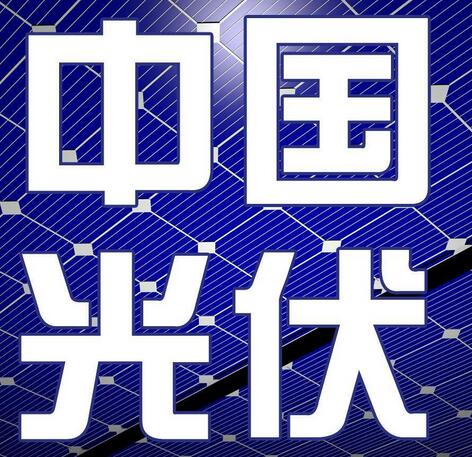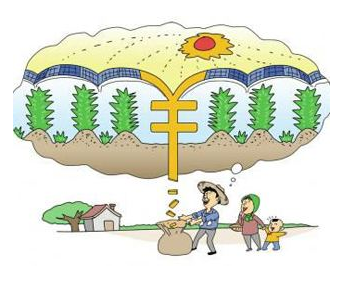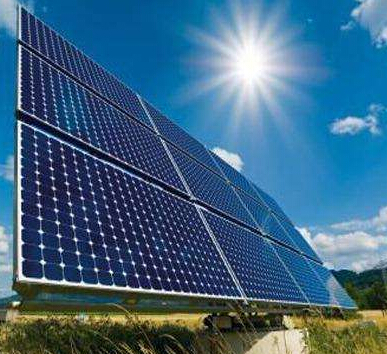If 2017 is the first year of the outbreak of distributed photovoltaics, then 2018 is the first year for distributed photovoltaics to enter the orderly development. On the one hand, after the eruption of the past two years, the boom in the distributed photovoltaic market has attracted capital from all sides. In 2018, the photovoltaic market will show a hegemony; on the other hand, four years of continuous distributed photovoltaic Subsidies have been reduced in 2018, and the yield of distributed projects has decreased. Those companies that have followed the trend into the distributed market and cannot reduce costs will face obsolescence. In 2017, the hot scene of “make money as long as you enter” will never return, so 2018 is the year in which distributed photovoltaics has entered an orderly development.
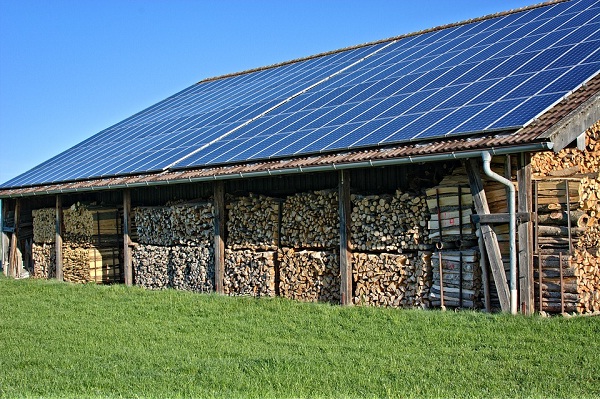
Industry tends to regulate Household photovoltaics are still hot
Before 2018, due to the continuous reduction of distributed photovoltaic subsidies for four consecutive years, the revenue from distributed projects maintained a relatively high level, which is the primary driving factor for the market to become hot. After the smooth development of distributed photovoltaics, the next task of the subsidy policy is to gradually reduce the market's development in a normative and orderly manner, and to force companies to continue technological innovation with a drop in yield.On the other hand, the formulation and specification of industry standards is also an important factor restricting the development of distributed photovoltaics. One of the drawbacks of distributed development that is too fast is that industry standards and specifications cannot keep up. Once the industry standards and regulations have not kept pace, the market is prone to cohabitation, and many speculators have started to fish in troubled waters. For this reason, the news that ordinary people install household-use photovoltaic scams has been reported frequently, which has caused many people who do not understand the industry to have a negative impression on photovoltaics.
In November last year, the National Energy Administration issued a letter regarding the solicitation of opinions on the revision of the Interim Measures for the Administration of Distributed Photovoltaic Power Generation Projects. The opinion pointed out that the State Council's energy authority will entrust the National Renewable Energy Information Center to carry out distributed photovoltaic power generation industry information management, and organize the research and development of standards for engineering design, installation, and acceptance, and statistics on the national distributed photovoltaic power generation project construction and operation information. Analyze and evaluate the status quo and trends of the industry development, and put forward relevant policy suggestions in a timely manner. In addition, according to the Announcement No. 10 of 2017 issued by the National Energy Administration, the approval by the National Energy Administration includes the “Code for Acceptance and Acceptance of Photovoltaic Power Generation Projects up to standard”, “Regulations for the acceptance of photovoltaic power generation projects” and “Requirements for environmental testing of photovoltaic modules”, etc. The eight PV industry standards have been effective since March 1, 2018. The implementation of these industry standards and norms will play a role in rectifying the industry and avoid industry confusion.
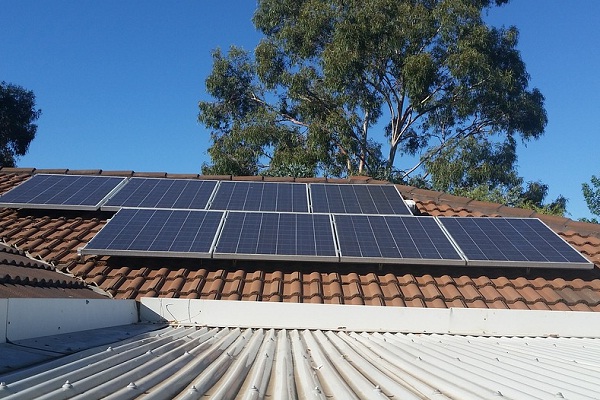
In addition to regulating the development of the industry, the newly launched "Distributed Photovoltaic Power Generation Project Management Measures" may also have a significant impact on the distributed photovoltaic market segments. Recently, it was revealed that the National Energy Administration’s newly launched "Distributed Photovoltaic Power Generation Project Management Measures" will have a number of major changes. The most intriguing one is that all distributed projects except for households will be included. Scale management, and participate in competitive electricity prices. If the news comes true, the competition in the commercial/commercial roof market will be intensified, which will indirectly promote the development of household photovoltaics.
In addition, the pilot of distributed trading to be launched will also play a positive role in promoting the development of distributed photovoltaics. In general, the distributed photovoltaic market in 2018 will tend to be more disciplined and at the same time it will tend to be competitive. Under the policy guidance and market demand, household PV is still a hot spot in 2018. According to analysis by OFweek's industry research center, in 2017, the number of domestic household PV installations exceeded 500,000, a year-on-year increase of over 200%. In 2018, the number of installed domestic households is expected to exceed 800,000 and the prospects are attractive
Emerging markets are the focusAlthough household PV will still be the main growth point in 2018, the household market is still in a state of “only hot in the industry”. Photovoltaic people outside the PV industry do not understand the high level of household PV. One of the more obvious is that the heat of household photovoltaic is currently limited to some regions, and the heat in other regions is much weaker. The data shows that among the 500,000 new households installed in the country, only one-fifth of the new households installed in Zhejiang, Shandong, Hebei, and Anhui accounted for more than 100,000 households.
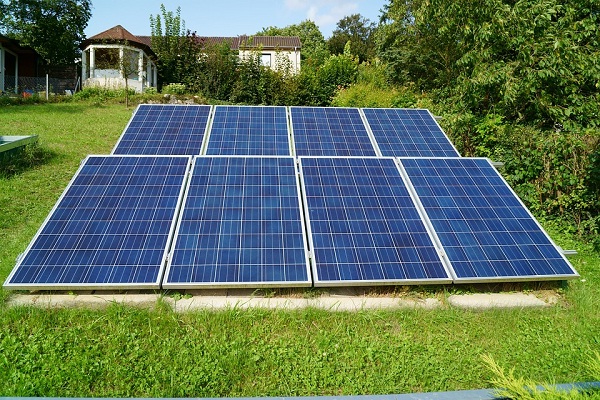
In 2018, if household photovoltaics are to maintain rapid development, the development of emerging markets is particularly important. In addition to the relatively mature regions mentioned above, household photovoltaics in regions such as Jiangxi, Hubei, Hunan, and Guangdong have begun to take shape, and there is still huge room for development, which is expected to become the main development area for household photovoltaics in the next few years.
Especially for Guangdong Province, which is a major city for economic development in China, its potential for distributed photovoltaics is huge, and the development of household photovoltaics is also on the rise. In recent years, Guangdong Province has paid more and more attention to the development of distributed photovoltaics, and related favorable policies have been continuously released. With the economic advantages and full support of policies, Guangdong Province will become an important photovoltaic emerging market in the future.There is no doubt that in the face of development opportunities, Guangdong Province will also become the focus of the layout of major PV companies. In the photovoltaic industry investment layout in Guangdong Province, the issues concerning the development status of photovoltaic companies in the province, the difficulties in the development of the photovoltaic market, and the effects of favorable policy implementation have become the focus of attention of the industry. Under this circumstance, in order to further understand the development mode, market trend and pattern of the domestic distributed photovoltaic industry, the development of the industry is proposed.
Market research You can also participateThe “Guangdong station for the 2018 annual solar photovoltaic research tour” will summarize the opportunities and challenges encountered by Guangdong PV companies in 2017. They will use the development of photovoltaic companies in China during the tour to promote continuous innovation and cooperation among enterprises. Forward. The final survey results will be released in the PV Summit in the same period in May 2018.
At present, the “Guangdong Railway Station for Solar Photovoltaic Research for the 2018 Annual Survey” has already started registration. Whether you are representing a company for research or participating in another company's research, you can sign up to participate in the development of the industry and obtain the first time. Latest market data and research results.















 RCCN WeChat QrCode
RCCN WeChat QrCode Mobile WebSite
Mobile WebSite



